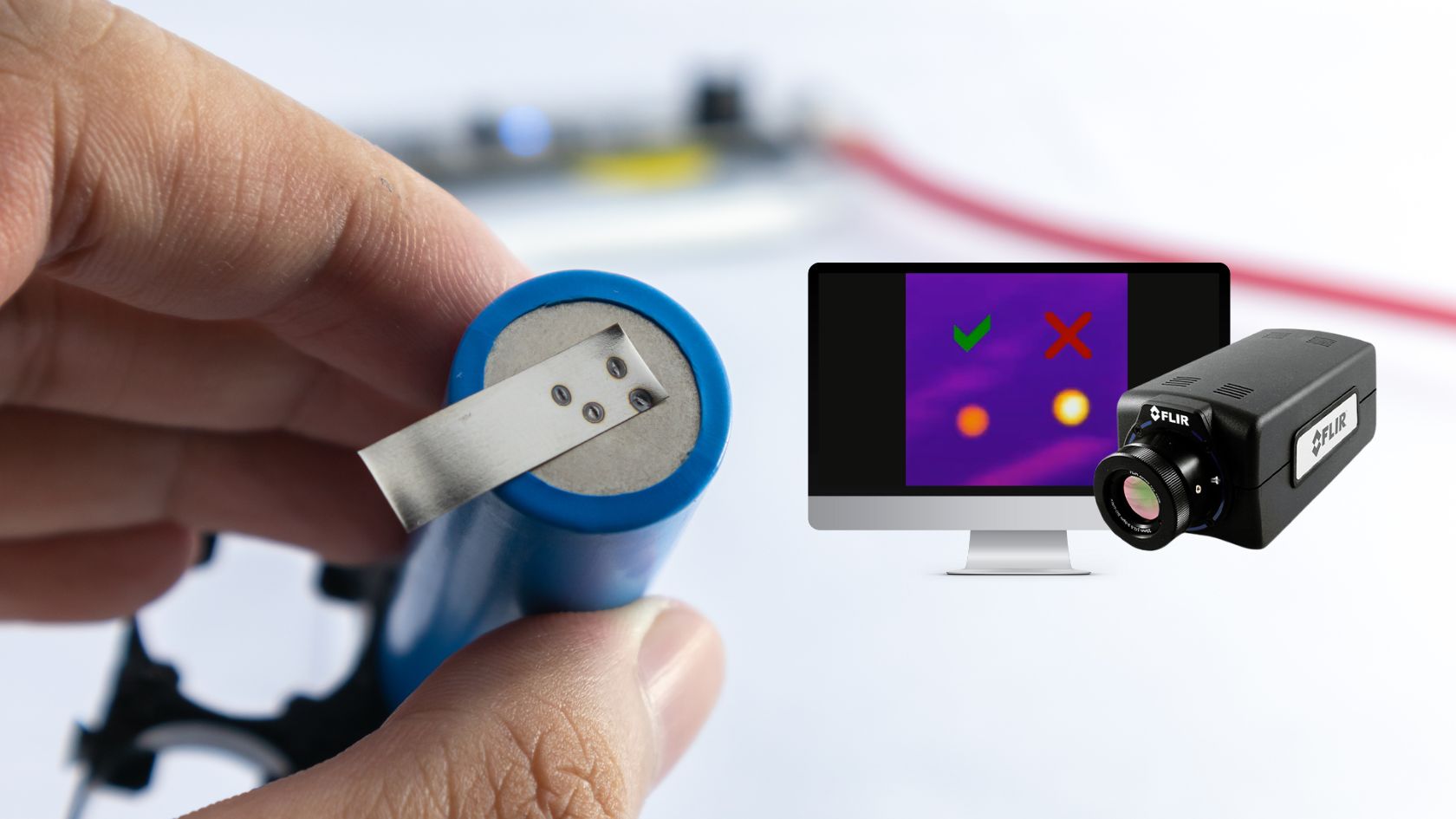The Importance of Thorough Welding Examination in Industrial Applications
In the world of commercial applications, the importance of careful welding inspection can not be overstated. As we check out the complex benefits of persistent welding examinations, one must think about the wider effects on safety, dependability, and cost-effectiveness in industrial procedures.
Enhancing Architectural Honesty
When it comes to welding examination in commercial applications, improving structural integrity is paramount. The key objective of welding assessment is to guarantee that the welds are capable of birthing the anticipated stress and anxieties and tons they will encounter in solution.
The value of maintaining architectural stability in welded structures can not be overemphasized. Improperly implemented welds can lead to disastrous failures, resulting in costly fixings, downtime, and even endangerment of human lives. Assessors play a vital function in the lifecycle of industrial elements, providing assurance that the welding procedure delivers the desired toughness and sturdiness.
Moreover, advanced modern technologies, such as phased range ultrasonic screening and digital radiography, deal improved capacities in spotting prospective weak points, enabling for corrective procedures prior to issues intensify. By focusing on the integrity of welds via meticulous assessment, sectors can ensure operational effectiveness and extend the durability of their framework.
Identifying Welding Defects
Identifying welding defects is an essential element of guaranteeing the security and dependability of bonded structures. Typical welding problems include porosity, cracks, incomplete combination, and undercutting.

Knowledgeable inspectors use both aesthetic evaluation and progressed non-destructive screening (NDT) methods, such as radiographic or ultrasonic screening, to spot these flaws. The prompt identification and rectification of welding issues are vital to keep the structural stability and long life of commercial components.
Making Sure Conformity Requirements
Preserving the stability of bonded frameworks expands beyond determining flaws; it calls for adherence to stringent compliance requirements. Conformity with established standards, such as those offered by the American Welding Culture (AWS) and the International Company for Standardization (ISO), guarantees that welds satisfy minimal safety and high quality demands. These criteria encompass a wide variety of criteria, including product specifications, welding treatments, and qualification of welders. Adherence to these requirements is crucial to stop structural failures, which might cause catastrophic consequences in industrial applications.
Routine audits and inspections are important in verifying conformity. Inspectors need to have a detailed understanding of the pertinent criteria and be adept at making use Visit Website of numerous non-destructive screening (NDT) techniques to examine weld quality. By making sure that welding techniques straighten with compliance requirements, firms discover here mitigate the risk of non-conformity, which can cause legal liabilities and security dangers.
In addition, preserving compliance not just safeguards structural honesty however also improves a firm's credibility in the sector. Clients and stakeholders are most likely to trust fund firms that continually show a commitment to high quality and safety and security through rigorous compliance. Therefore, making certain compliance requirements is an essential component in the successful application of welding in industrial applications.
Minimizing Upkeep Prices

The application of advanced non-destructive screening (NDT) techniques, including ultrasonic, radiographic, and magnetic bit evaluations, boosts the capability to spot subsurface imperfections without jeopardizing the structural stability of components. By utilizing these techniques, sectors can considerably expand the life span of their tools, decreasing downtime and the linked monetary worry of maintenance tasks.
Additionally, a durable welding inspection regimen supports the optimization of maintenance timetables, moving from responsive to predictive maintenance approaches. This proactive technique not only reduces unanticipated failures however additionally improves source appropriation, guaranteeing that upkeep initiatives are focused and efficient. Inevitably, the investment in extensive welding assessment is countered by the substantial cost savings understood through decreased maintenance needs, adding favorably to the overall functional efficiency of industrial business.
Improving Precaution
Welding evaluation plays a crucial role in this context, as it ensures that all joints and links satisfy strict safety standards. Comprehensive assessments assist identify issues such as splits, porosity, or incomplete fusion that can jeopardize structural honesty.
Techniques like ultrasonic screening, radiographic testing, and magnetic bit assessment permit for comprehensive assessment without harming the structure. Executing a durable top quality control system that includes regular training for welders and assessors makes certain adherence to established security requirements.
Last but not least, fostering a culture of safety within the organization highlights the relevance of thorough welding evaluations. Motivating open interaction and cooperation amongst welders, inspectors, and engineers adds to a common dedication to safety and security quality. Welding Inspection Madison. In doing so, sectors can safeguard their procedures, protect personnel, and maintain public count on

Conclusion
Thorough welding continue reading this assessment is essential in commercial applications, considerably boosting structural honesty and reliability. Eventually, the diligent implementation of welding inspections plays a vital role in preserving functional efficiency and security in commercial settings.
As we check out the complex benefits of thorough welding examinations, one should think about the more comprehensive ramifications on security, integrity, and cost-effectiveness in industrial operations.
The main objective of welding inspection is to guarantee that the welds are qualified of birthing the expected anxieties and lots they will certainly encounter in service. Efficient welding assessment plays an indispensable role in reducing these expenses by making sure the honesty and long life of welds, thereby mitigating the danger of premature failures.Complete welding examination is crucial in industrial applications, significantly enhancing structural integrity and reliability. Ultimately, the diligent execution of welding inspections plays an essential role in maintaining operational efficiency and safety and security in commercial setups.